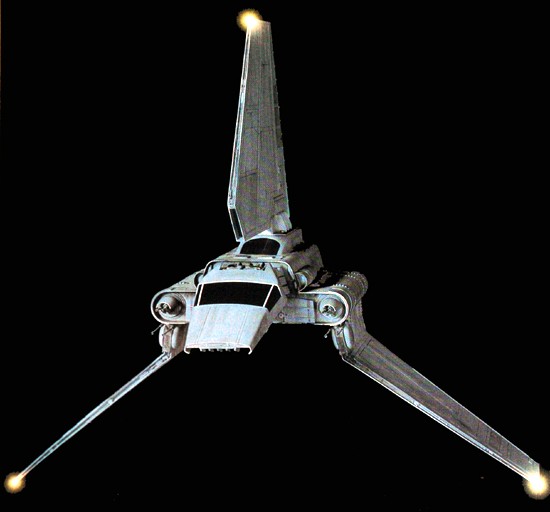There's also one balance factor you've overlooked in your focus on the mechanical aspect of the game, and that is the narrative balance of the setting.
I agree that this issue can be resolved narratively. However, my view is that the game shouldn’t be broken in this respect so that the GM is forced down that path so quickly.
Agreed, if you have to resort to narrative mechanics to reign things in, the system is broken. A lot of people don't play in the default setting anyway, so MMV...


